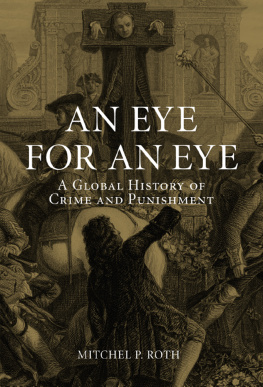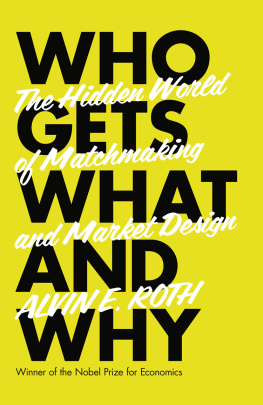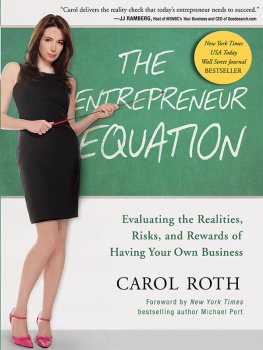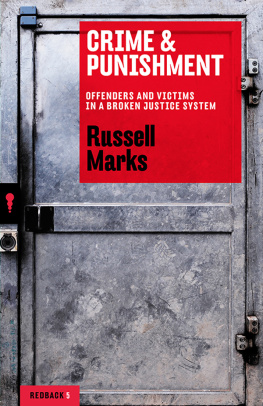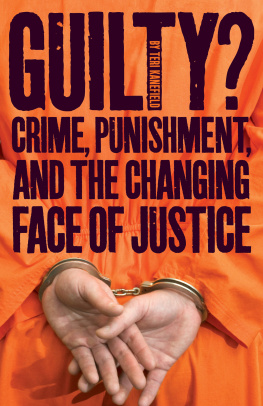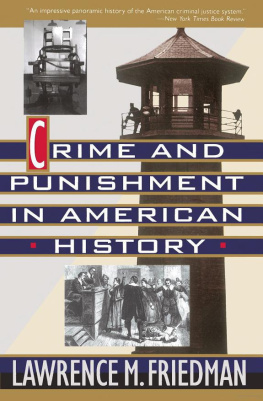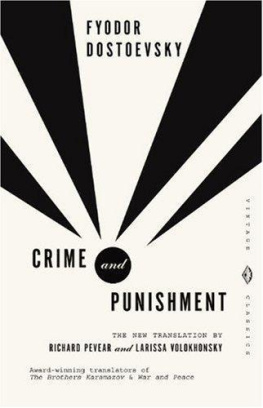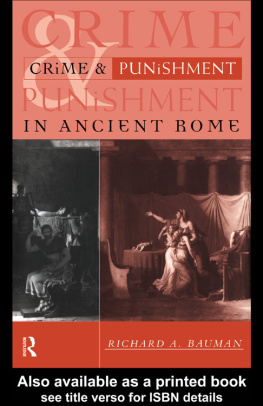AN EYE FOR AN EYE

AN EYE
FOR AN EYE
A G LOBAL H ISTORY OF
C RIME AND P UNISHMENT
MITCHEL P. ROTH
REAKTION BOOKS
This book is dedicated to all who have been wrongfully accused, convicted and punished over the millennia
Published by
Reaktion Books Ltd
33 Great Sutton Street
London EC1V 0DX, UK
www.reaktionbooks.co.uk
First published 2014
Copyright Mitchel P. Roth 2014
All rights reserved
No part of this publication may be reproduced, stored in a retrieval system, or transmitted, in any form or by any means, electronic, mechanical, photocopying, recording or otherwise, without the prior permission of the publishers
Page references in the Photo Acknowledgements and
Index match the printed edition of this book.
Printed and bound by TJ International, Padstow, Cornwall
A catalogue record for this book is available from the British Library
eISBN: 9781780233819
Contents
Introduction
The past is never dead. Its not even past.
William Faulkner, Requiem for a Nun, Act 1, Scene 3 (1951)
The past is a foreign country; they do things differently there.
Leslie Poles Hartley, The Go-Between (1953)
I n 2006 the international media was once again abuzz with the goings-on in several prison systems. Usually one would expect what follows to be a sad story of deprivation and despair. Has one ever heard of a feel-good prison story? In most instances the first reaction would be appropriate, since there is little disagreement that prisons past and present are too often associated with poor food and hygiene, overcrowding and riots, violence and degradation, gangs and other bad actors. But this time it was a relatively anomalous episode revolving around three Israelis locked up in Sweden. In most cases, prisoners, particularly Israeli prisoners locked up abroad, jump at the chance to be transferred home from foreign jails. But this was not the case here. When offered this arrangement all three prisoners rejected the offer citing the more favourable conditions of the Scandinavian prison, where they could enjoy steaks, sex and private television airing World Cup games for free. If this does not sound enticing enough, read about the other perks available in these jails-cum-five-star hotels. For starters, the aforementioned steaks, free cable TV and three-day conjugal visits in a luxury apartment provided on the prison grounds. Add to this the fact that not only does each prisoner have his own cell but along with numerous other amenities, twice a year he gets to traverse the streets of Stockholm (accompanied by a police car).
This story was selected because it demonstrates on a micro level the diversity of just one form of punishment in two very different countries during the same time period. Both are at the higher end of the developed world. The point is that if there is this much discrepancy between penal sanctions at this level and time, one would expect the distinctions to be even more glaring when contrasting crime and punishment across a temporal and global perspective. The birth of the penitentiary and the introduction of incarceration during the eighteenth-century Age of Reason was a landmark in the global history of crime and punishment. While the infliction of pain on the human body had its limits, the notion of imprisonment continues to evolve and experimentation in various forms of detention continues around the world, limited only by financing, technology and the imagination. The examples of twenty-first-century Swedish and Israeli prison decorum offer just a fleeting glance into the global story of crime and punishment. But we are getting ahead of our story.
An Eye for an Eye takes the reader on a sometimes uncomfortable tour through the continuum of crime and punishment. It is not the type of tour a time traveller would probably sign up for, what with all of the beheadings, hangings, stonings and other gruesome accounts of penal sanctions of times past and present. There are a number of fine books examining the history of crime and punishment in specific countries, religions, regions and continents, but as of yet, except for multi-volume reference books, none have attempted to tackle this topic from a global perspective. The historical narrative that follows surveys the wide range of crimes and punishments that have developed over the millennia.
For the purposes of this book, punishment is defined (in the historical/written record) as a penalty imposed, usually by a state, on an offender who has violated a law. Historically, the concept of crime developed along the same lines as sin. The Bible, the Quran and the Torah were among the watershed developments contributing to the rationalization of crime through notions of sin and moral propriety. What distinguished crime from sin (breach of moral law), both of which deemed unacceptable behaviours, was that crime is generally understood to violate a written law. As the responsibility for handling crime passed from theological authorities to the state, and as clergies were replaced by police officers, sin has seemed to disappear by having been given it a new name and new monitor.
There is no definitive answer to the question, What is crime? Popular conceptions equate crime with bad behaviour, or what one might today refer to as anti-social behaviour. But for the purposes of this book and to offer coherence to its structure, crime will be regarded as a legal concept, that is, what is or is not against the law. Readers will find that a societys criminal laws give vast insight into what a society and its rulers regard as its core values, morals and principles. In fact, for some cultures their earliest writings or literature come to us in the form of rules of behaviour and codes of conduct, often along with an accompanying set of punishments. It is pretty much accepted that the criminalization of behaviour is a gradual process and it is only in relatively sophisticated societies that we can apply the category of crime or distinguish between interpersonal transgressions and state violence. In prehistoric societies offenders were judged and punished by the community, due to the belief that their actions had endangered the entire community. From a global perspective crimes have differed as widely as the societies that defined them and continue to do so today. This work benefits from the amount of attention given to the history of crime and punishment over the past twenty years and therefore should be considered a synthesis and survey of this topic over the millennia, rather than a comprehensive reference work, which would be beyond the scope of a single volume.
One can only hypothesize about the prehistory of crime and punishment in the earliest stages of the development of human communities. Some disciplines have attempted to bridge this divide by interpreting the dark past by drawing inferences from observations of traditional cultures just before European contact and basing their assumptions on these observations. Prior to fourteenth-century England, there is little in the way of data about murders and other interpersonal crimes in the rest of the world. By most accounts, it was only with the advent of Englands twelfth-century eyres, which brought periodic visitations by kings justices into the shires to record the minutiae of criminal activities, that a systematic study of homicide and other crimes can begin. Naturally, the history of crime and punishment becomes easier to write with the accretion of more written documentation. It is then that the historian needs to winnow the deluge of material, in contrast to the mining of whatever scant sources are available.

